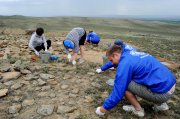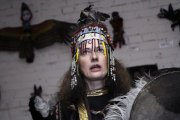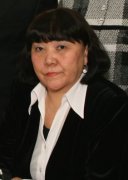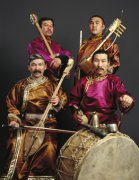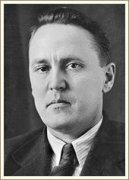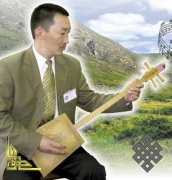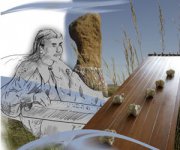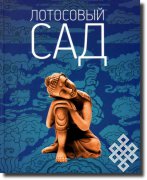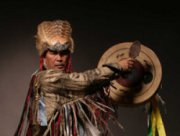 Interest in ancient shamanic practices is growing with every day. Alarmed by ecological catastrophes, disillusioned in contemporary society, and having accumulated a substantial number of philosophical questions about life, a person looks for answers in his true roots - in living nature.
Interest in ancient shamanic practices is growing with every day. Alarmed by ecological catastrophes, disillusioned in contemporary society, and having accumulated a substantial number of philosophical questions about life, a person looks for answers in his true roots - in living nature.
It is believed that with the help of multiple shamanic techniques, it is possible to enter the world of one's subconscious, heal disease, and to avoid losses and failures. But is shamanism really as powerful as people say? We decided to ask a man who experienced the mystical "power of nature" in practice - Stanislav Shaposhnikov, physician-psychotherapist, and a student of the singing shaman Nikolai Oorzhak.

